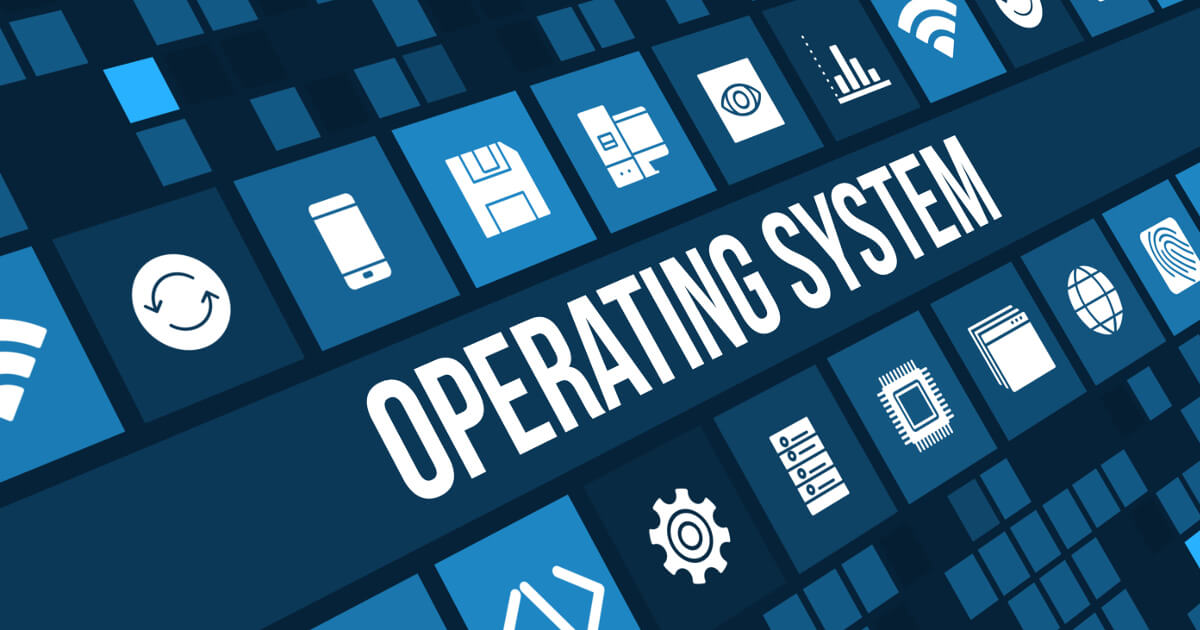Android devices enjoy a majority share in the total sales volume for all smartphones and tablets. This could be attributed to several reasons: Android is an open-source product, which allows any handset manufacturer to adopt and modify it for their hardware devices. Secondly, the open-source philosophy makes its source code available to everyone, so it is easier to develop apps that run on the Android platform. However, Android did not start as an operating system for mobile phones when the idea was conceived by Andrew Rubin, Chris White, Nick Sears, and Rich Miner.
 The initial idea was to develop an intelligent operating system to handle digital cameras. Midway through the development, it was realized that the market for such a system was inadequate, so all the efforts were redirected to creating a mobile operating system. At that time, the market was dominated by Nokia’s Symbian and Microsoft’s Windows Mobile operating systems, none of which were open-source or open to individual app developers.
The initial idea was to develop an intelligent operating system to handle digital cameras. Midway through the development, it was realized that the market for such a system was inadequate, so all the efforts were redirected to creating a mobile operating system. At that time, the market was dominated by Nokia’s Symbian and Microsoft’s Windows Mobile operating systems, none of which were open-source or open to individual app developers.
The endeavor was quickly noticed and appreciated when Google took over the entire project and started developing the Android system on the Linux kernel. This became a huge turning point for Android, as the Linux-based kernel provided it with much-needed stability and security. After years of speculation regarding Google’s intention to enter the mobile market, an “Open Handset Alliance” was formed, including handset manufacturers like Samsung, HTC, and Sony; network carriers like Spring and T-Mobile; and hardware chipset manufacturers like Qualcomm. This consortium promised to collaborate on a unified operating system installed and run on most modern mobile phones.
Related Articles :
- Windows Phone – Future of Mobile Operating Systems
- HTC Magic – The New Age Mobile Technology
- Electronic Gadgets – The Perfect Gift Any Day Of The Year
- Set Your Mobile Phone To Free Calls
- The Pros And Cons Of Current Computer Operating Systems
The first Android device was officially launched in 2008 when HTC commercially launched the “Dream” model. Over the last few years, device makers like Samsung and Sony have developed extremely advanced smartphones and tablets that have changed the way we perceive cellular phones. Noted personal computer manufacturers like Lenovo and Acer made their foray into the Android development sphere by launching their series of phones.
Besides sharing technological assets with Open Handset Alliance members, Google launched its Nexus series product line. These devices carry the stock operating system without additional customization at the manufacturer’s end. Moreover, Google acquired Motorola Mobilty, enabling them to manufacture a home-grown mobile device.
The world of Android has now leaped beyond the smartphone and tablet sphere. Several electronic giants, like Samsung and Sony, have developed smartwatches that run on the Android operating system. Furthermore, the Android operating system is expected to be used on televisions, gaming consoles, and personal computers very soon.
High-end Android devices such as the Galaxy GT-I9500 [http://www.priceangels.com/PA-GT-I9500-S4-1-1-MTK6575-Android-4-0-4-3G-Smartphone-Quad-Band-with-4-7–Touch-Screen-and-GPS–White–s352744.html] are available on the Internet on several online stores. Fancy accessories such as Samsung Galaxy S4 cases [http://www.priceangels.com/samsung-cases-skins-t235.html] can also be purchased to give your smartphone a classy look.
